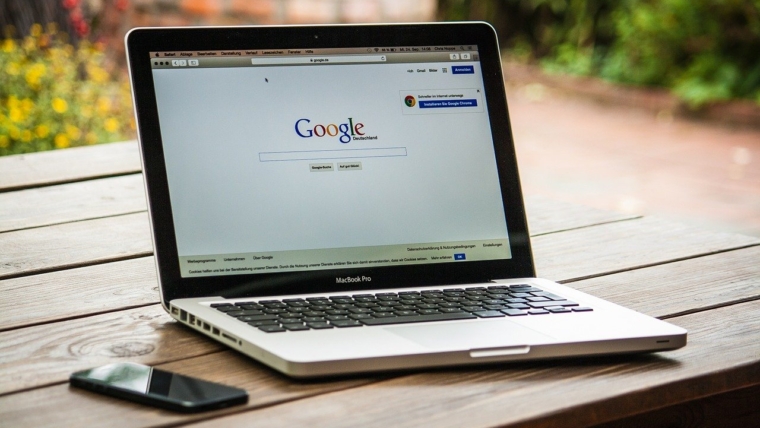 Imagine a world where your computer, laptop or TV knew what you were doing and that we lived in a world where our electronics took social cues from our movements, and in turn became more considerate of our needs? That world isn’t as far off as you might think. It sounds a little far-fetched and futuristic, and maybe even a little creepy to think that your laptop would know to pause your Netflix show because you got up off the couch for a mid-movie snack.
Imagine a world where your computer, laptop or TV knew what you were doing and that we lived in a world where our electronics took social cues from our movements, and in turn became more considerate of our needs? That world isn’t as far off as you might think. It sounds a little far-fetched and futuristic, and maybe even a little creepy to think that your laptop would know to pause your Netflix show because you got up off the couch for a mid-movie snack.
The good news is that the technology would not be using cameras to watch your every move. Instead, they use radar. This is thanks to Google’s Advanced Technology and Products division—better known as ATAP. This is the department that is responsible for all the “off-the-wall” projects, it has spent the past year investigating how they can programme computers to use radar technology to understand our needs or intentions and then react accordingly.
Google has used radar before, in 2015 they released Soli. Soli is a sensor that can use radar’s electromagnetic waves to pick up our exact gestures and movements. In recent years, they have placed radar sensors inside the second-generation Nest Hub smart display, this was used to keep track of its users movement and breathing patterns.
Table of Contents
Tech Integration Into Our Daily Lives
Leonardo Giusti, head of design at ATAP, said he believes that the more present technology becomes in our lives, the more we should be opening the doors for the tech to take its cues from us. We live in a world where we can achieve plenty of incredible things using the smart devices and smart tech at our fingertips, but all of it is prompted by us within a range of prompts on our part that take effort.
We have to physically say or type something in order to create a response from our devices. Imagine living in a home where you walk past your thermostat, and it casually reminds you to grab your raincoat and umbrella because its due to rain later in the day? Or a television that can detect that you have fallen asleep and gently lowers the volume on your behalf.
Radar’s cutting edge technology can sense you moving closer to a computer and entering its personal space. The computer would then perhaps choose to perform an action depending on its programming or on your interaction with it. It may navigate straight to a site offering online blackjack real money games or to your favourite news sites, based on your previous actions and algorithms.
A Complex Technology
Figuring out how to programme devices with radar in order for it to react to our cues is not as easy as it sounds. An example of this is that radar can’t yet separate many people in a room standing close together. It detects it as one big blob and creates confusion in the device.
Many people in the industry believe that radar is still firmly its research phase, there is still plenty of work to be done to streamline the product and make it user friendly and relatable for both machine, and human.


